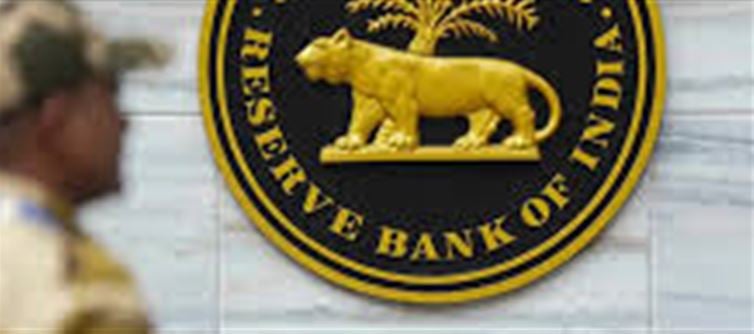
Millions of indians rely on savings bank accounts to manage their salaries, pensions, scholarships, and small savings. Yet, many remain unaware of the concept of Minimum Average Balance (MAB), how it is calculated, and the penalties for not maintaining it.
1. What is Minimum Average Balance?
The Minimum Average Balance (MAB) is the least amount that account holders are required to maintain in their savings account over a month. It is calculated by:
MAB = Total Daily Balance ÷ Number of Days in the Month
Even if your balance drops below the required amount on some days, higher balances on other days can help you meet the average requirement. Some banks also calculate MAB quarterly.
The required balance varies based on:
Type of account (savings vs. current)
Branch location (rural, semi-urban, urban, metro)
Public sector banks often waive this requirement, whereas private banks maintain stricter rules.
2. Why Do Banks Require a Minimum Balance?
Banks justify minimum balance requirements for several reasons:
Operating Costs: Helps cover administrative expenses.
Service Efficiency: Ensures the smooth functioning of account-related services.
3. Penalties for Falling Short
If your account balance falls below the required minimum:
Penalty Charges: Banks impose a penalty based on the shortfall, usually between Rs 150 to Rs 600 per month, or up to 6% of the deficient amount.
Suspension of Services: Benefits like free cheque books, demand drafts, and debit cards may be temporarily suspended until the balance is restored.
Account Freezing: If the balance remains below the limit for an extended period, the bank may freeze the account.
4. Recent Controversies
Some private banks have faced backlash for setting high minimum balance requirements. For instance, a leading private bank required a Rs 50,000 average balance in metro areas for accounts opened after august 1. After protests, penalties were reduced to Rs 15,000.
The Reserve bank of India (RBI) has not issued any mandatory guidelines on MAB, leaving banks free to decide their own policies.
5. How to Avoid Penalties
Maintain balances above the bank’s specified minimum.
Track daily balances using bank statements or mobile banking apps.
Opt for zero-balance accounts offered by many public sector banks and some private banks.
Key Takeaway
While MAB is meant to ensure smooth banking operations, it can become burdensome for ordinary account holders if not managed properly. Awareness of how MAB is calculated and planning your daily balances can save you from penalties and service disruptions.
Disclaimer:
The views and opinions expressed in this article are those of the author and do not necessarily reflect the official policy or position of any agency, organization, employer, or company. All information provided is for general informational purposes only. While every effort has been made to ensure accuracy, we make no representations or warranties of any kind, express or implied, about the completeness, reliability, or suitability of the information contained herein. Readers are advised to verify facts and seek professional advice where necessary. Any reliance placed on such information is strictly at the reader’s own risk.
.jpg)




 click and follow Indiaherald WhatsApp channel
click and follow Indiaherald WhatsApp channel